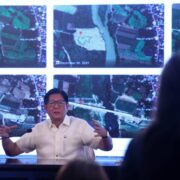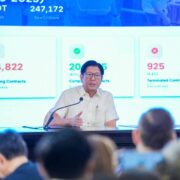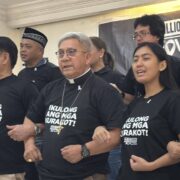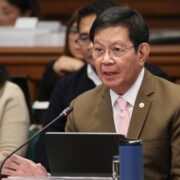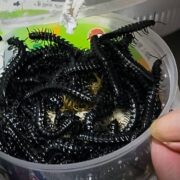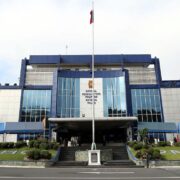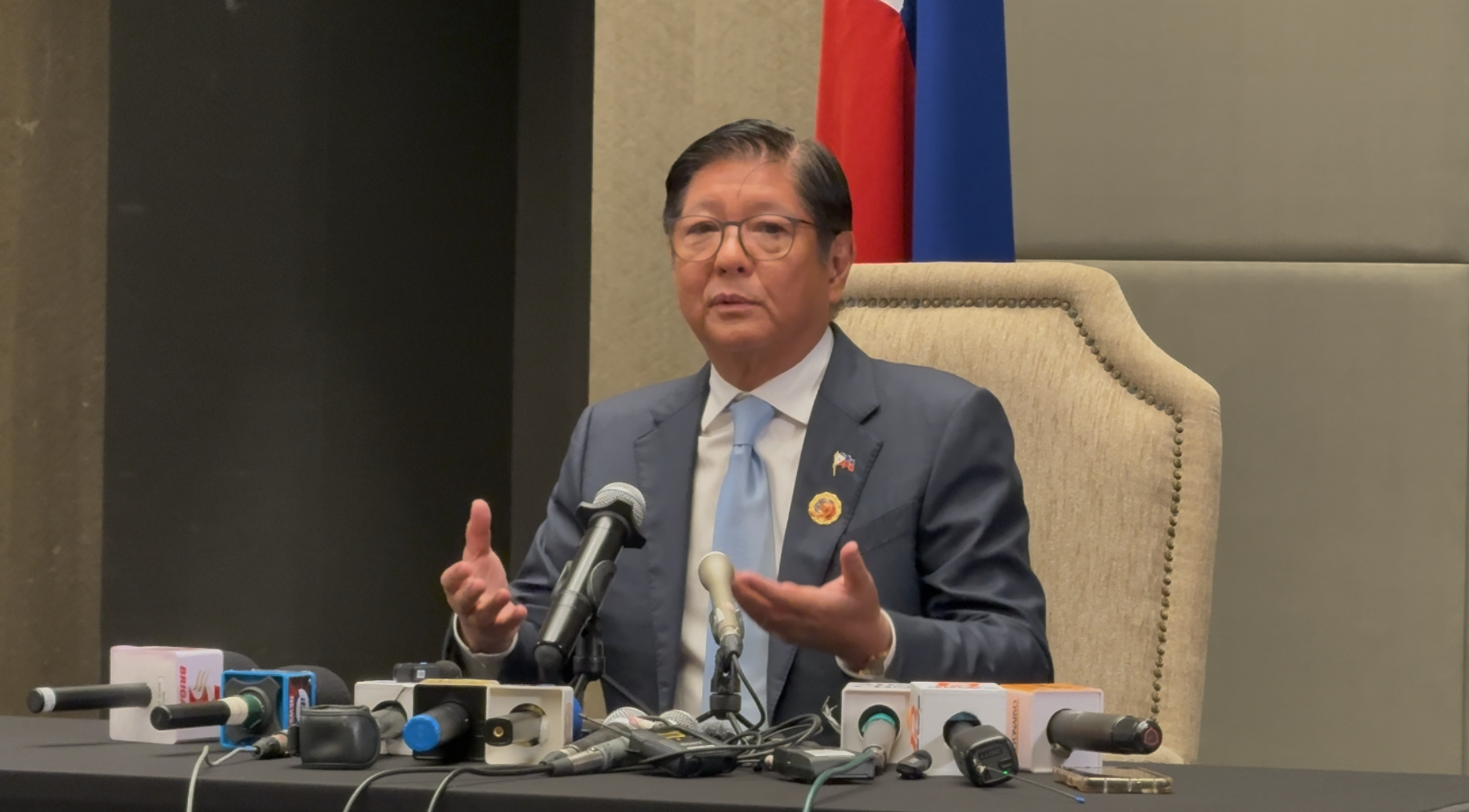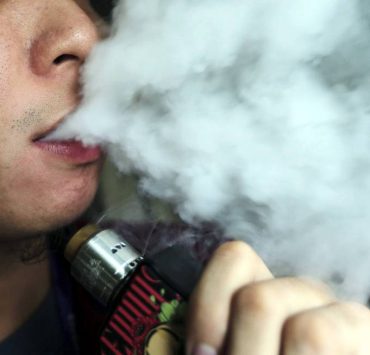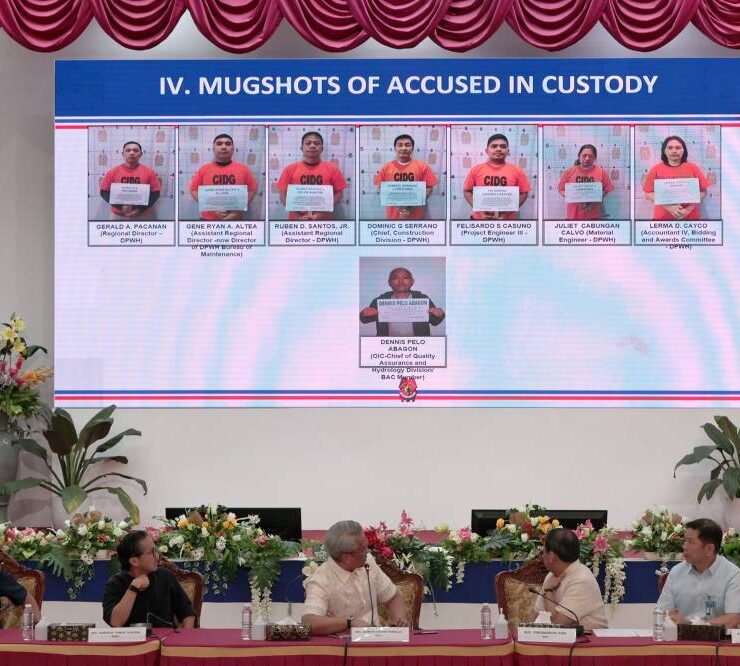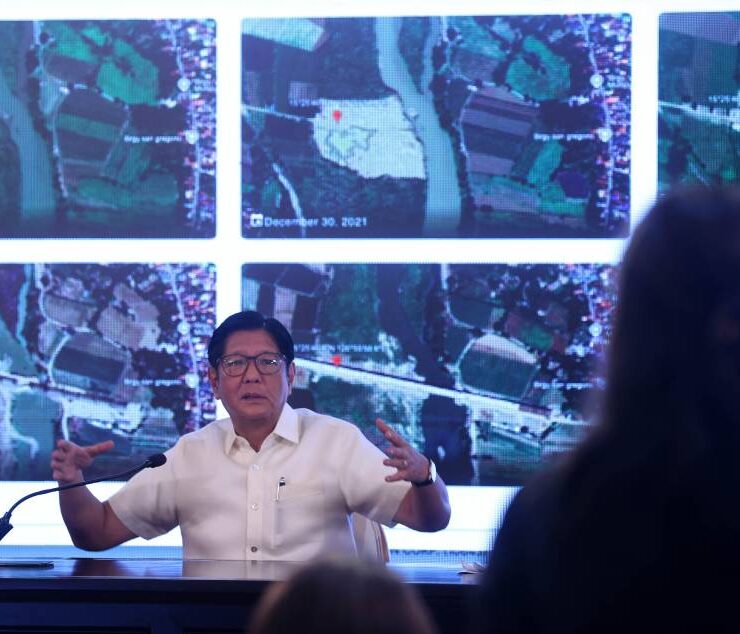US aircraft carrier joins PH in WPS patrols

In a move that would likely irk Beijing, the Philippines and the United States carried out joint air and sea patrols in the West Philippine Sea (WPS), in the latest show of cooperation amid China’s aggression and before President-elect Donald Trump takes office.
The patrols, called “maritime cooperative activity,” (MCA) were held on Friday and Saturday off Palawan and featured warships, fighter jets and patrol aircraft as well as an American symbol of military power—the nuclear-powered aircraft carrier USS Carl Vinson (CVN-70).
“This MCA is a crucial element of our continued efforts to strengthen defense cooperation. With each exercise, we become increasingly prepared and effective in addressing the challenges ahead,” Armed Forces of the Philippines chief Gen. Romeo Brawner Jr. said in a statement on Sunday.
The Philippine Navy deployed the frigate BRP Antonio Luna (FF-151) and patrol ship BRP Andres Bonifacio (PS-17), while the Philippine Air Force dispatched two FA-50 light fighter jets and search and rescue assets.
The US Navy sent a P-8A Poseidon of Task Force 72 alongside the Carrier Strike Group 1, which included the USS Carl Vinson, Ticonderoga-class guided-missile cruiser USS Princeton (CG-59) and Arleigh Burke-class guided-missile destroyers USS Sterett (DDG-104) and USS William P. Lawrence (DDG-110), an MH-60 Seahawk helicopter, a V-22 Osprey helicopter, and two F-18 Hornet fighter jets.
The drills were the first for the year and the fifth since it started in 2023, according to the AFP. Partner countries such as Japan, Australia and Canada had joined some of the previous patrols.
Frequent incursions
Security engagements between the two allies have soared under President Marcos, who has pivoted closer to Washington, allowing the expansion of military facilities that American forces can access, including those that face Taiwan.
The patrols coincided with the continued radio challenges by the Philippine Coast Guard (PCG) to the presence of the 12,000-ton Chinese coast guard vessel called “The Monster” near Panatag (Scarborough) Shoal since early January, which it said is illegally operating inside Manila’s exclusive economic zone (EEZ).
As of Saturday, the Chinese ship was some 111 to 130 kilometers (60 to 70 nautical miles) off Zambales.
“If China is genuinely committed to deescalating tensions and sincerely seeks to foster mutual trust and cooperation between our nations … the Chinese government must respect the Philippines’ sovereign rights in our EEZ,” the PCG said in a statement late on Thursday.
China’s embassy in Manila did not immediately respond to a request for comment on the weekend joint exercises.
China’s expansive territorial claims in the key maritime trade route overlap with the EEZs of Brunei, Indonesia, Malaysia, the Philippines and Vietnam.
A 2016 ruling said Beijing’s claims to nearly the entire South China Sea, based on its historic maps, have no basis in international law, a decision China does not recognize.
During Thursday’s 10th round of talks under a bilateral mechanism set up to address issues in the South China Sea, China and the Philippines both agreed to boost communication and deepen dialogue, but also called each other out over recent standoffs.
They also pledged to advance coast guard and marine scientific cooperation while committing to resolving issues peacefully.
Agreement with Japan
Meanwhile, a defense agreement between the Philippines and Japan that would allow their militaries to deploy on each other’s territories for joint exercises is expected to get a green light from the Japanese parliament for legislation in the next few months, paving the way for the deal to take effect.
Manila ratified the Reciprocal Access Agreement (RAA) with Tokyo in December last year following its historic signing in July.
Japan’s Ministry of Foreign Affairs Deputy Press Secretary Mariko Kaneko told reporters last week that they are bringing the RAA to the parliament for approval when the regular session starts on Jan. 24, but this could last until June.
“I’m quite confident that it will be approved, but the parliamentarians also need to discuss it, its importance and everything. We need to explain that to the… Diet,” she said, referring to Japan’s national legislature.
Japan, a longtime US ally like the Philippines, has been shoring up cooperation with its regional neighbors ahead of Trump’s return to the White House.
Some observers believe Tokyo has been worried about the unpredictability of the incoming US administration.
Both the Philippines and Japan plan to convey to the incoming Trump administration the importance of trilateral cooperation among the Philippines, Japan and the United States.
“We will approach the next US administration to convey that constructive commitment of the United States in this region is important also for the United States itself,” Japanese Foreign Minister Takeshi Iwaya said during his trip to the Philippines last week.
In a 25-minute virtual meeting last week, Mr. Marcos, outgoing US President Joe Biden and Japanese Prime Minister Shigeru Ishiba vowed to further deepen the three-way relations.
When Trump takes office on Jan. 20, only Mr. Marcos will remain in power among the three leaders who established the historic trilateral cooperation in Washington last April. —WITH A REPORT FROM REUTERS



